Dogs are our loyal companions, and much of their behaviour is their way of communicating with us. If you've been wondering, "Why does my dog put his paw on me?" you're not alone. This common dog action sparks curiosity in many pet parents. Whether it’s during mealtime, a walk, or when you’re simply sitting on the sofa, your dog’s body language has deeper meanings. Let's decode this natural behaviour and uncover what your pup might be trying to tell you when they use their paws to connect.
By the end of this post, you’ll better understand your dog’s body language and feel even closer to your furry friend.
Reasons Why Dogs Use Their Paws to Communicate
Dogs rely on non-verbal communication, and their paws play a huge role. When your dog puts their paw on you, the action can mean several things. Here are the main reasons behind this behaviour.
1. Reciprocating Affection
When your dog puts their paw on you during petting, it’s often their way of showing affection. Think of it as their version of a hug. Most dogs develop this gesture to bond with their owners. You’re petting them, giving them love, and they want to return that affection by placing their paw on your arm or lap.
This interaction reassures them of your bond and makes them feel secure. Reward this adorable action with extra love or a treat to reinforce your connection.

2. Seeking Attention
Is your dog putting their paw on you while you’re watching TV or working? This is a common signal that your pup is seeking attention. Dogs crave interaction with their owners, and pawing is an effective way to get noticed.
For example, your dog might use their paws when they’re bored and looking for playtime or a walk. If this is the case, respond by engaging them with a toy or some training exercises. Alternatively, if you notice they are hungry or thirsty, ensure their needs are met.
3. Stress or Anxiety Signals
Dogs are perceptive to their surroundings and can become anxious due to loud noises, new people, or changes in their environment. Placing their paw on you can be a self-soothing mechanism, offering comfort from their human companion - that’s you!
Pay attention to other signs of anxiety in your dog, such as a low tail, head lowered, or whining. Reassure your pup with gentle petting or calm words, especially if they’re feeling stressed due to external factors.
4. They Want Something
One possible reason dogs use their paws is as an indicator that they want something specific. This might include food, a walk, or even to be invited onto the bed. Your furry friend has learned that putting their paw on you brings a response, so they’ll use this gesture to communicate their desires.
When they paw at you like this, it’s important to pay attention to context. Are they sitting next to their food bowl? Are they standing near the door? These subtle clues can help you identify what your dog wants.

5. Exploring Communication
Pawing is a natural behaviour for dogs to communicate with humans. Dogs are pack animals and rely on social interaction, so they often explore ways to communicate better with their owners. Just as you talk to them, their use of body language (like placing a paw on your arm) allows them to “speak” back.
If they’re pawing at you during quiet moments, it might simply be their way of connecting and talking to you. Take some time to observe their other forms of communication to understand them even better.
6. Responding to Your Petting
Petting your dog releases comforting endorphins for them, and it’s likely that when they paw at you, they’re enjoying the interaction. By putting their paw on you, they’re asking you not to stop or encouraging you to continue.
This is a sign of trust and love. It’s your dog’s way of saying, "This feels good; don’t stop!" Take this opportunity to strengthen your bond by continuing the contact.
7. Medical Issues or Discomfort
While most pawing behaviour is innocent, there’s a chance it could indicate an underlying issue. If your dog seems excessively paw-oriented, try to ensure there are no medical issues causing discomfort.
For example:
-
Are they pawing due to itchy skin?
-
Are there signs of pain or injury on their foot or leg?
-
Are they more anxious or restless than usual?
Watch their general behaviour and speak to your vet if you suspect that something might be wrong.

How to Respond When Your Dog Puts Their Paw on You
Once you understand why your dog is putting their paw on you, responding becomes easier. Here are some general tips to nurture this pawing behaviour mindfully.
Encourage Positive Behaviour
If your dog’s pawing is an affectionate gesture, reinforce the behaviour with petting, a treat, or verbal praise (e.g., “Good boy!”). This teaches your pup that pawing is a positive and acceptable way to communicate.
Address Attention-Seeking Pawing
If your dog is pawing excessively because they’re bored or seeking attention, redirect their actions by engaging them in another activity. Offer a toy, schedule a long walk, or teach them a new trick. Consistent training can help reduce clingy behaviour.
Watch for Signs of Anxiety
When your dog feels anxious or stressed, make them feel secure. For example, cuddle with them if loud noises are causing distress or put them in a safe and quiet environment when new people visit your home.
Check for Medical Concerns
Always inspect their paws for injury or irritation, especially if they’re pawing consistently. If you’re concerned, consult a vet immediately.

Final Thoughts: Listening to Your Dog’s Body Language
Pawing is one of many ways dogs communicate with their owners. Whether it’s a sign of affection, stress, or just asking for an extra treat, your pup’s behaviour reflects their feelings and desires.
Learn to read your dog’s body language as a whole. Watch how they sit, where they place their head, or if they wag their tail after pawing. These subtle signs offer a complete picture of how your dog feels.
By responding appropriately to pawing, you can nurture an even stronger bond between you and your furry friend. After all, dogs thrive on positive interaction, and every pat or paw contributes to your unique relationship.

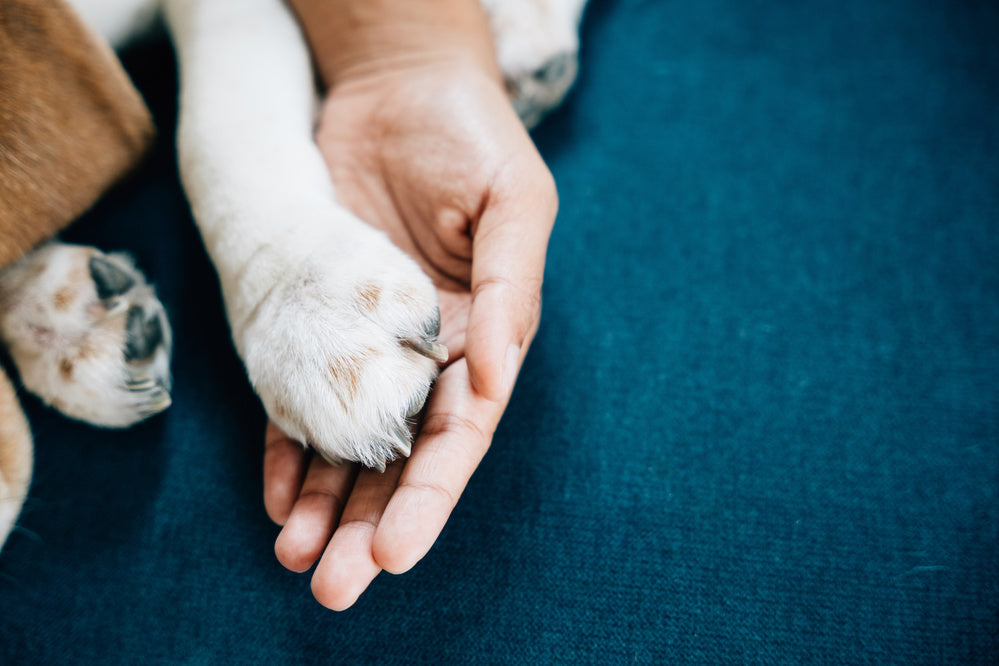
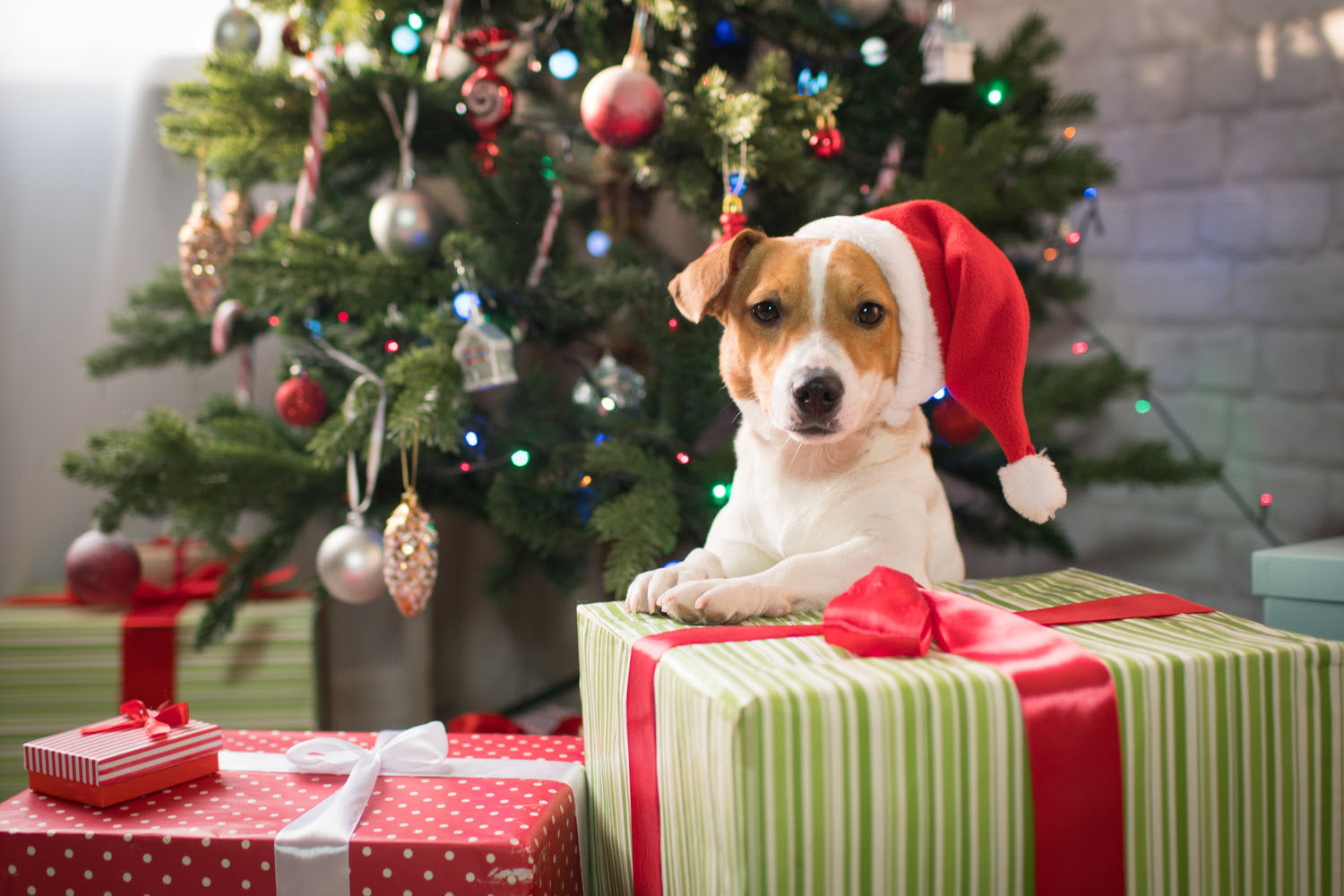
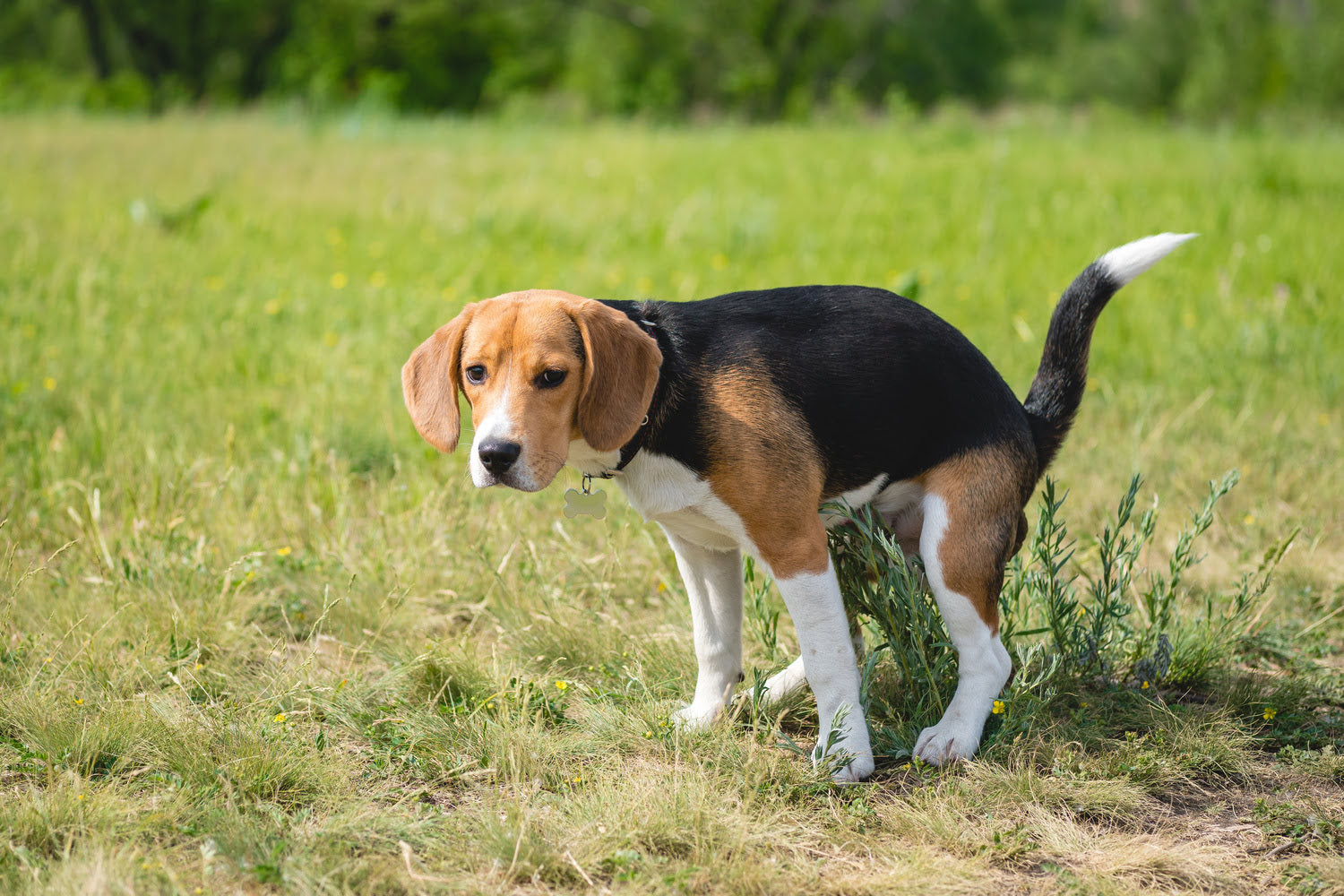
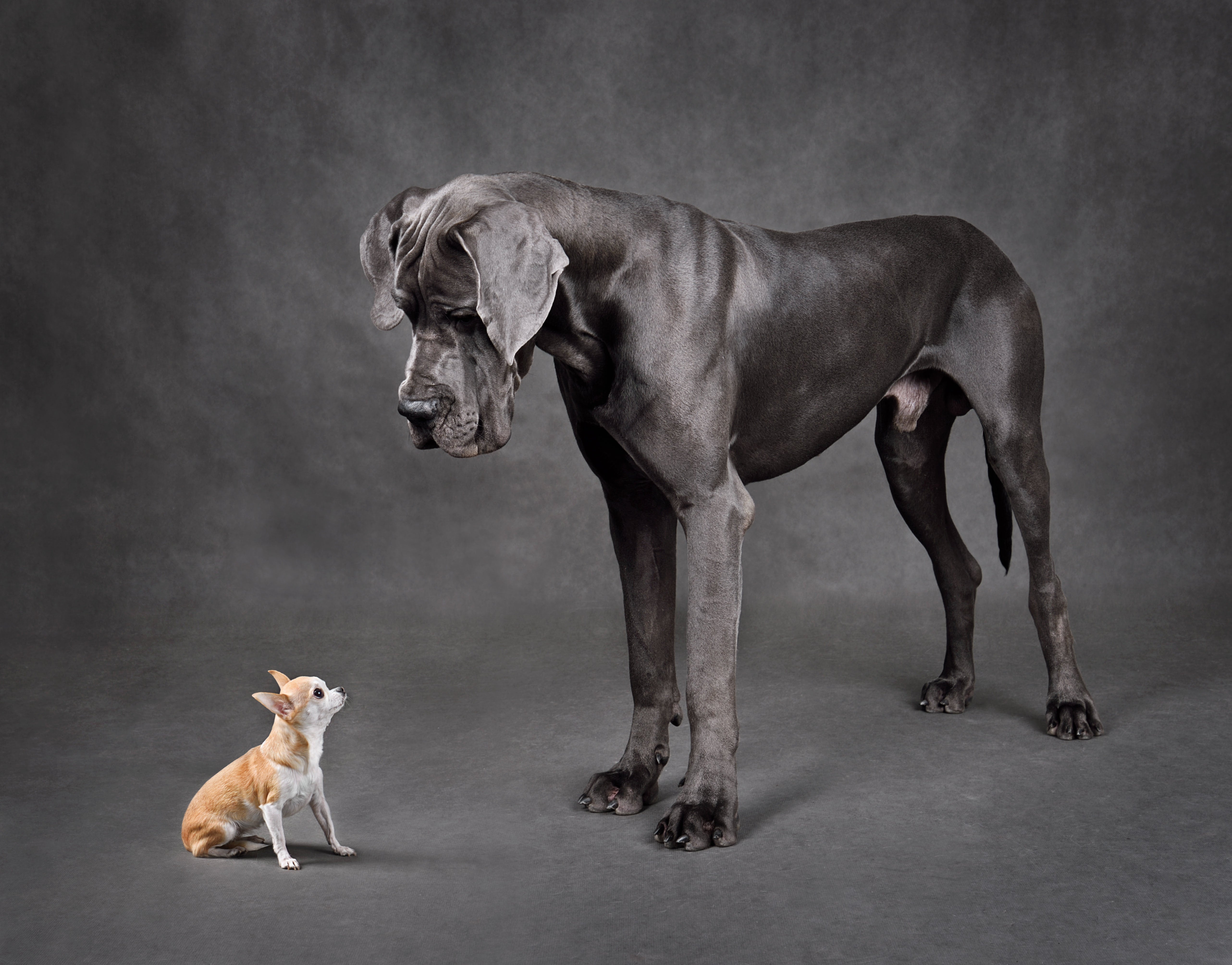
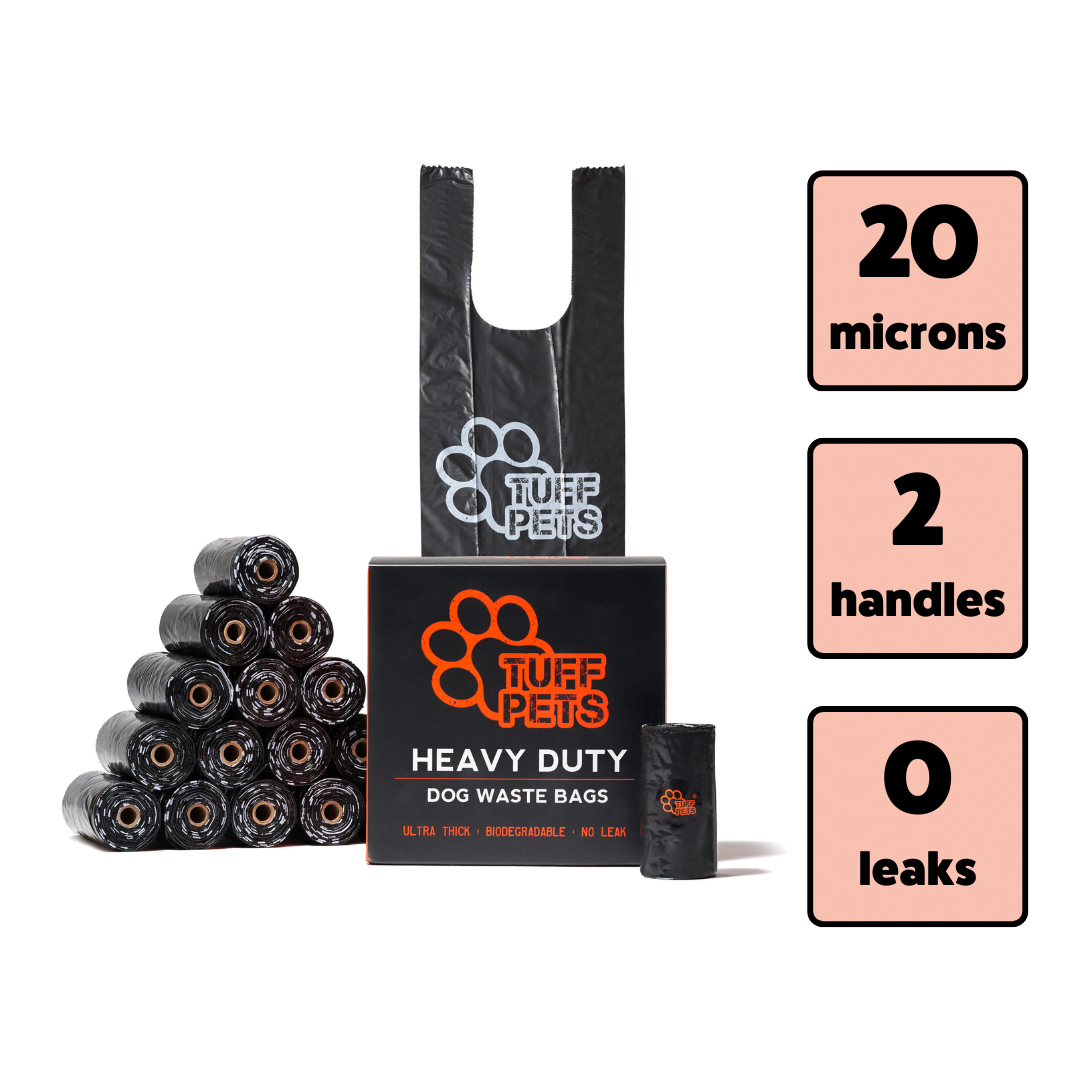
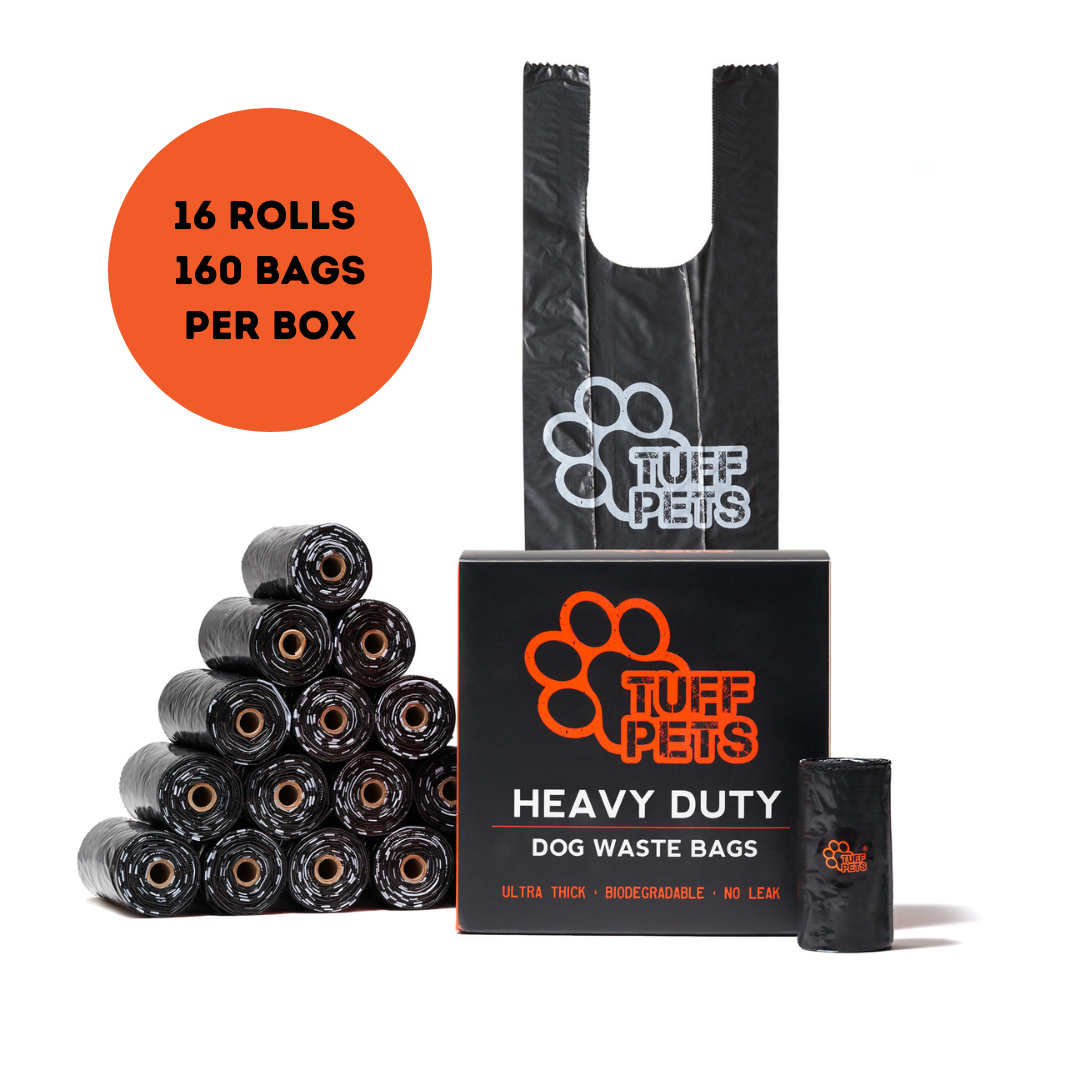

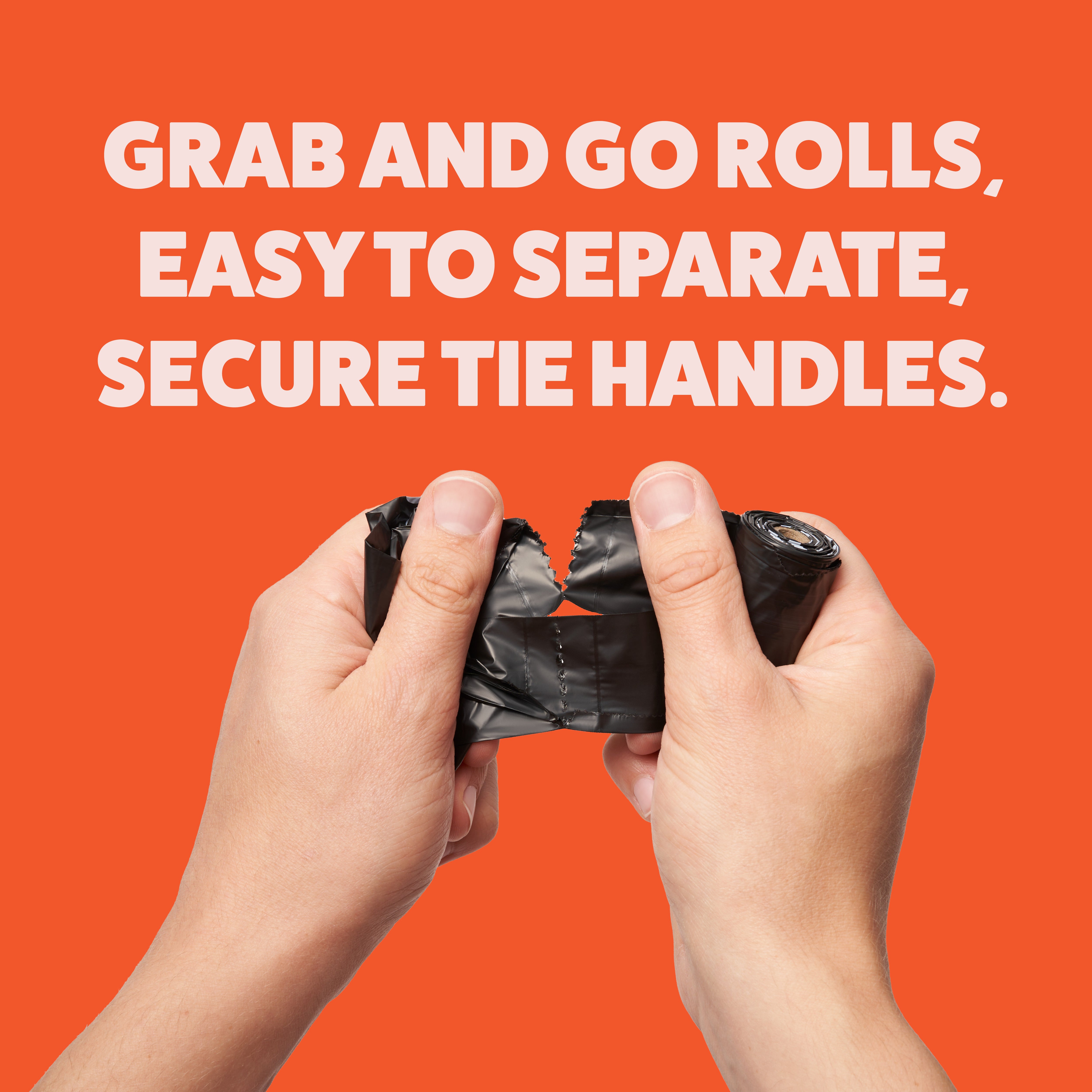

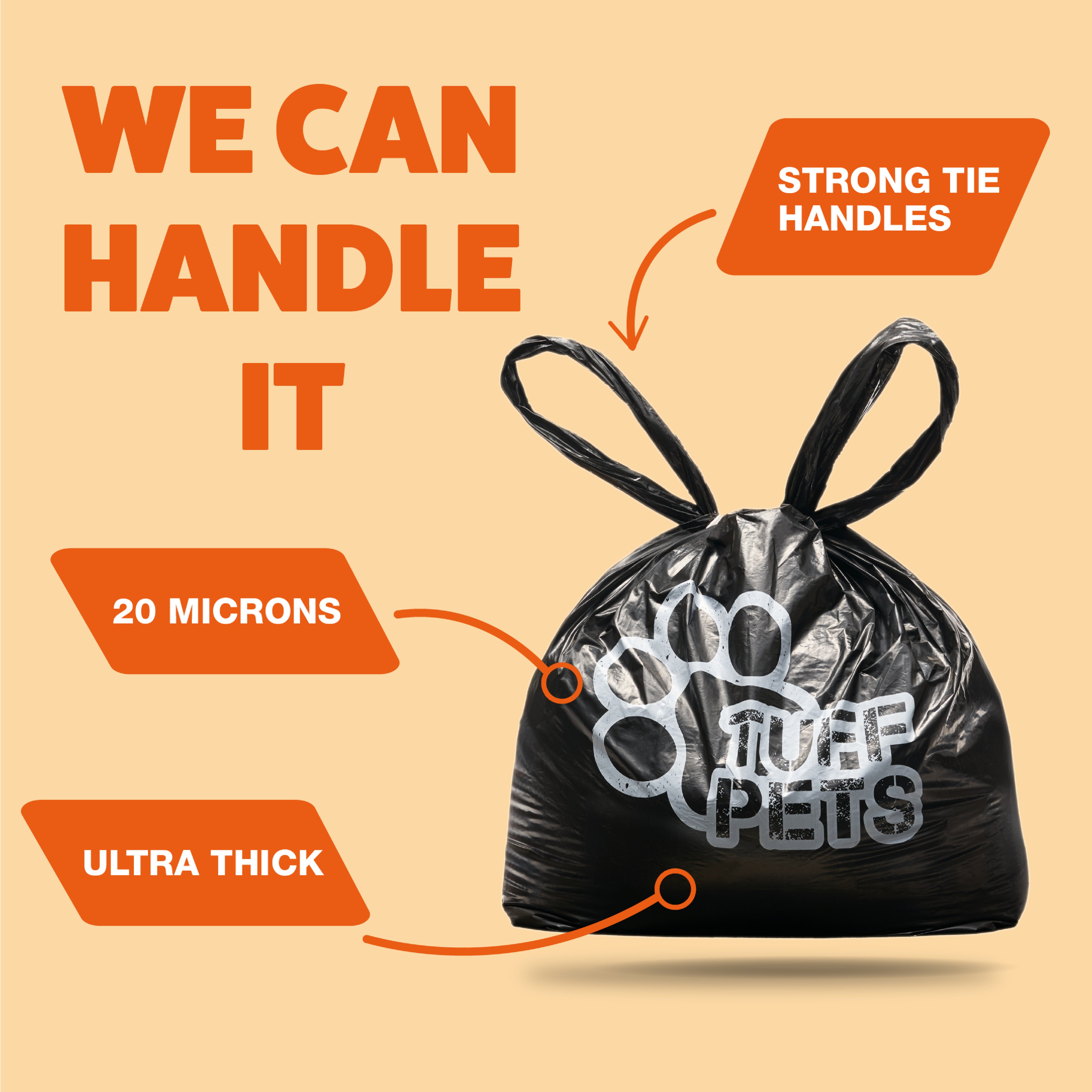
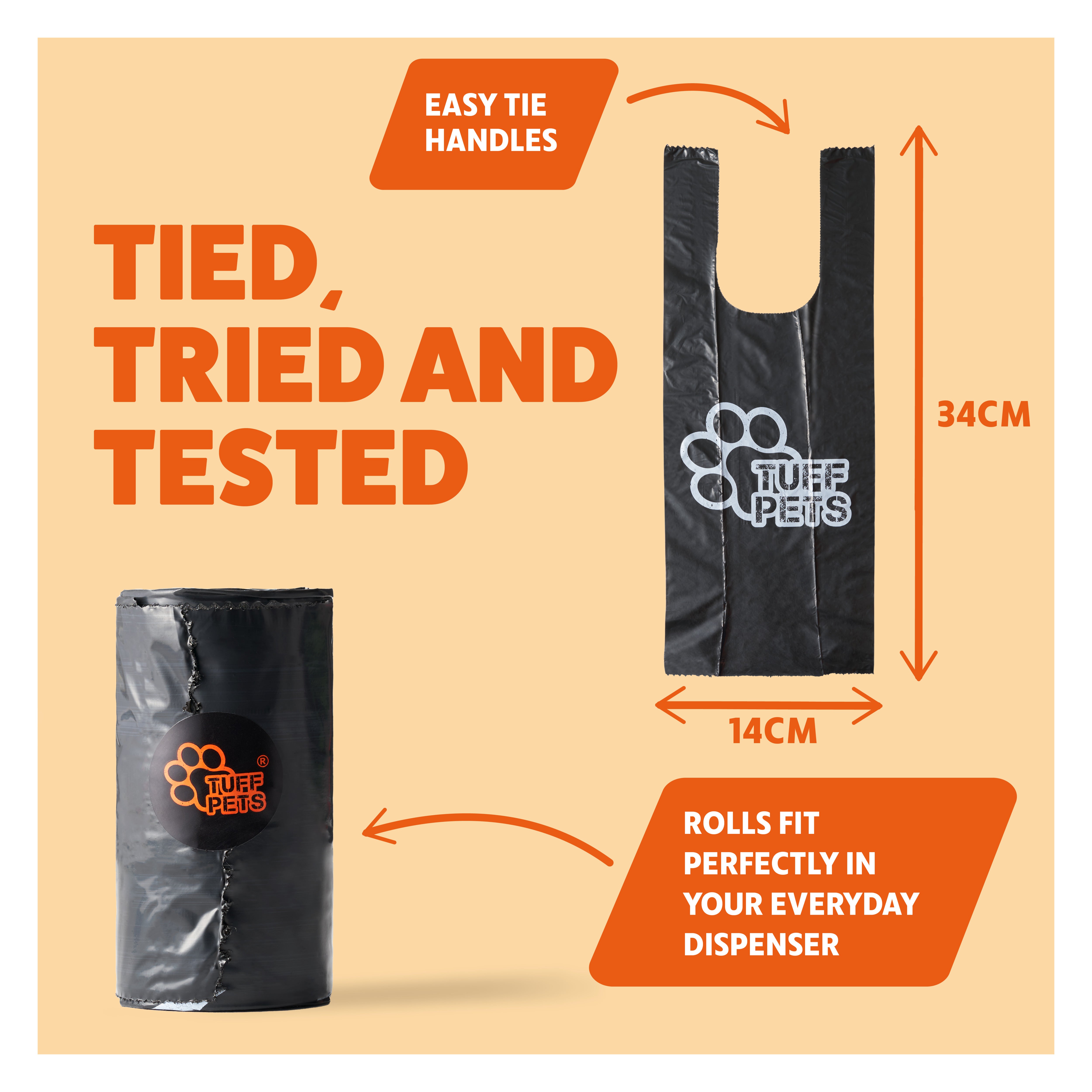
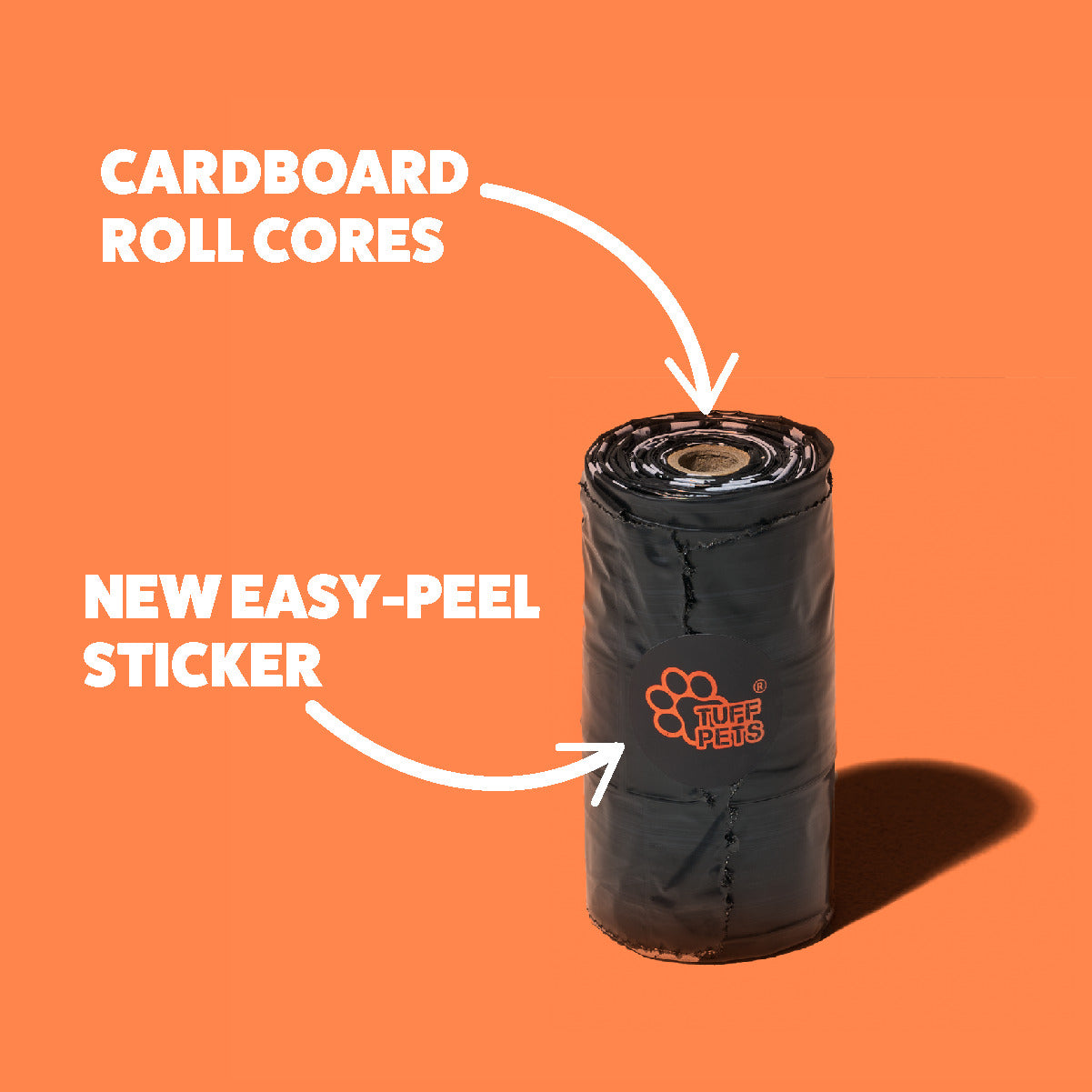
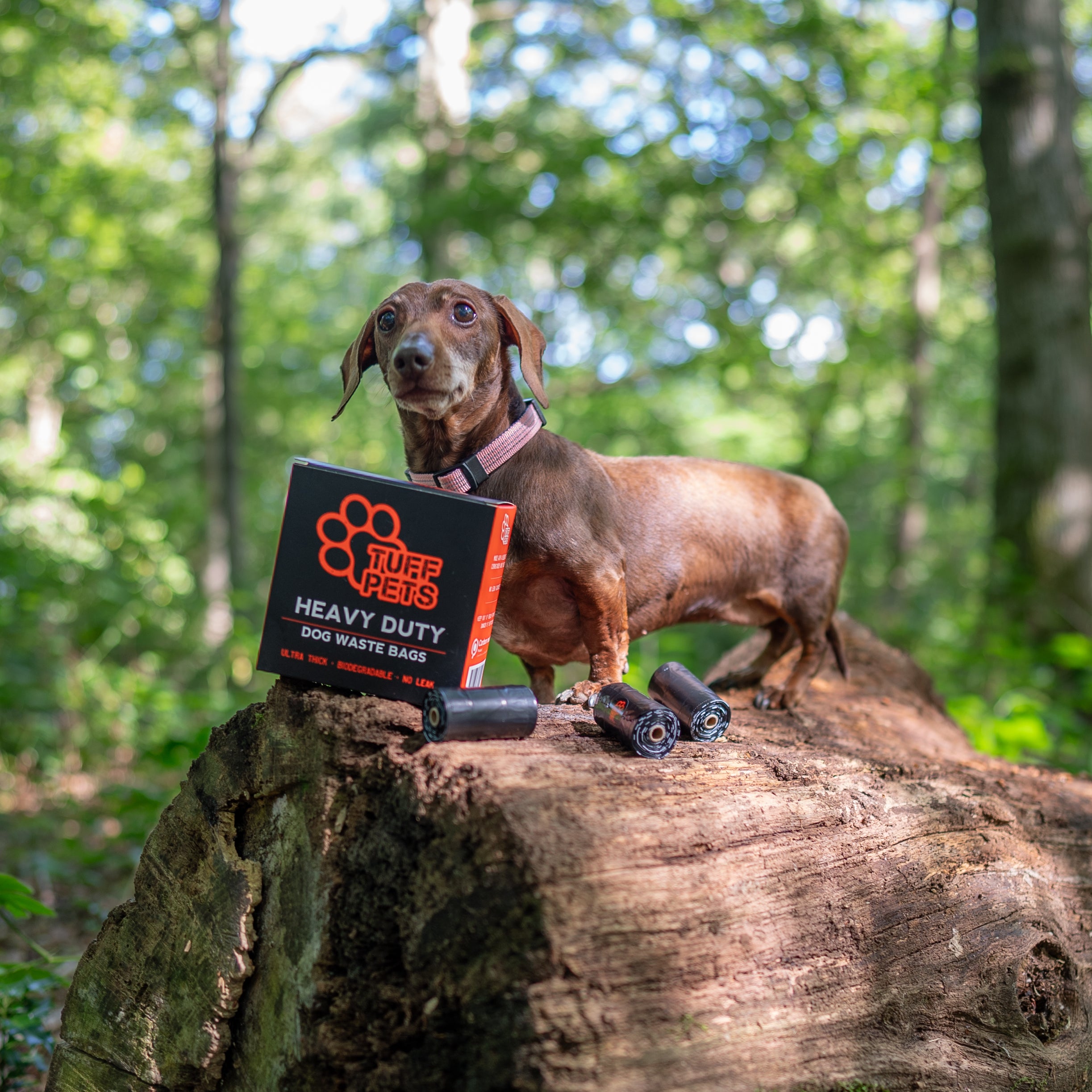
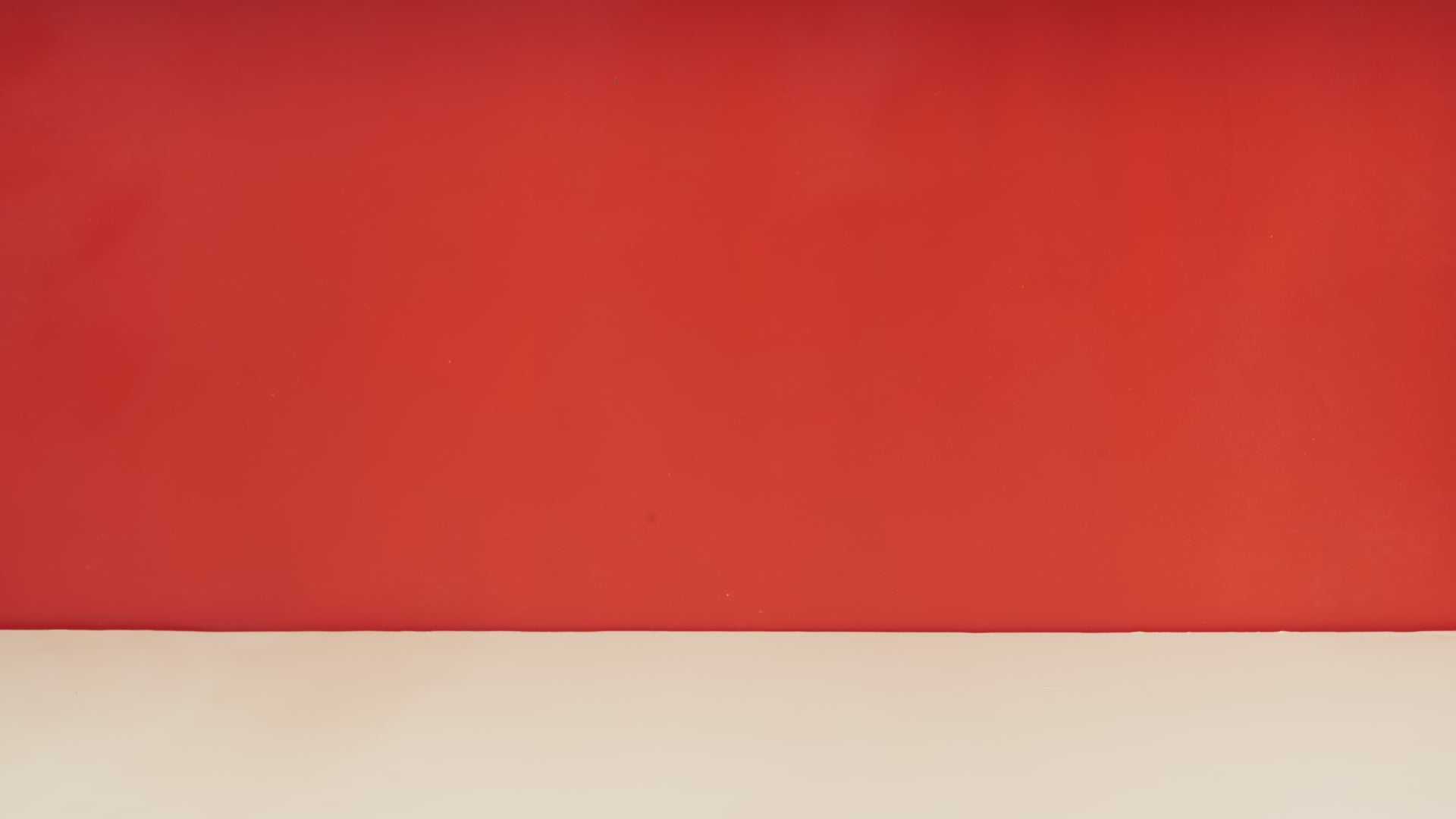
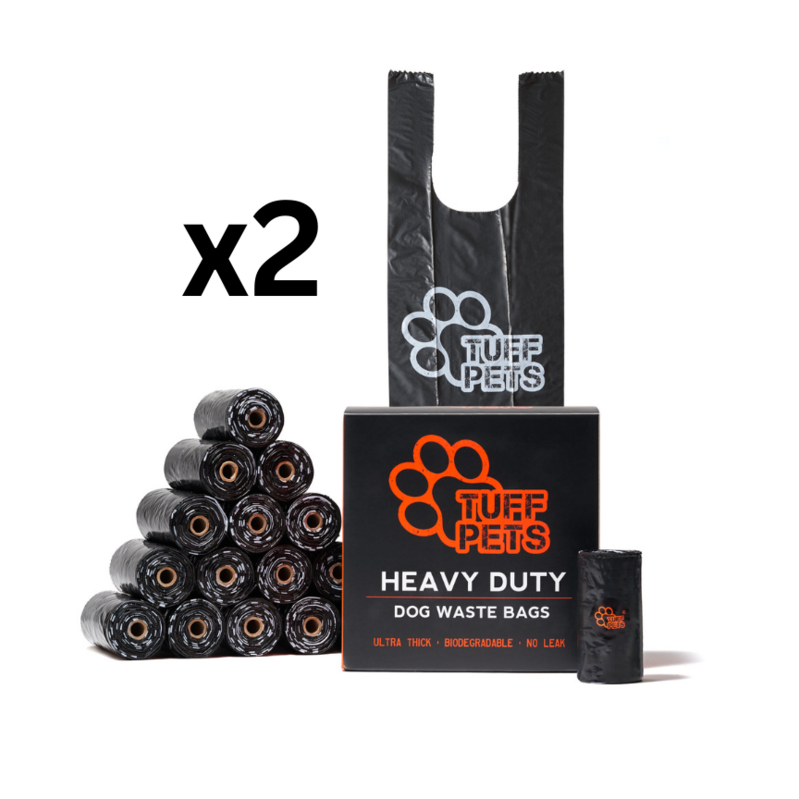
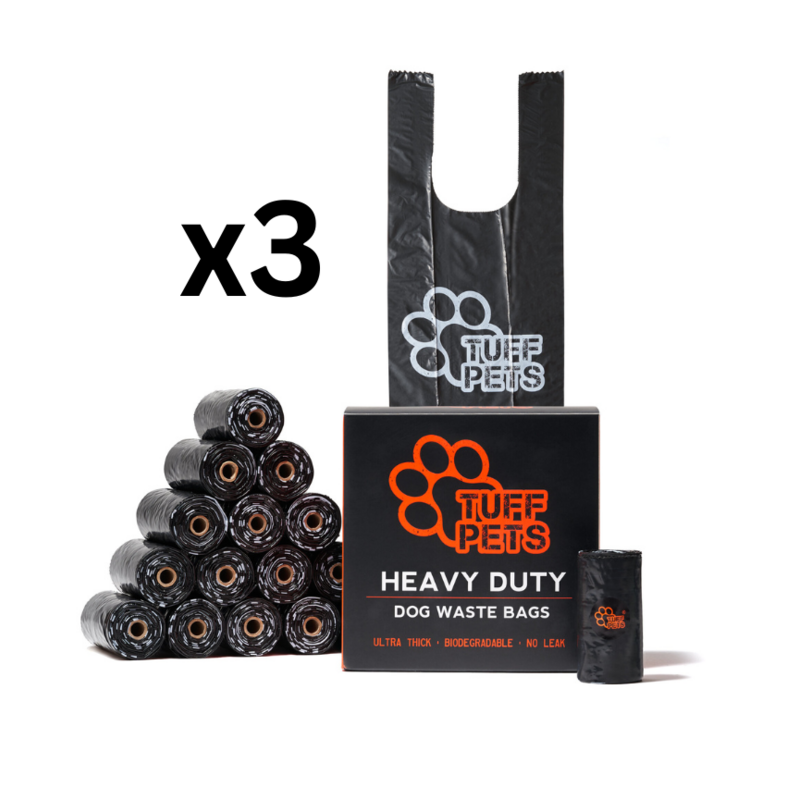

Share:
Why Do Dogs Tilt Their Heads? Decoding the Adorable Doggy Head Tilt
Understanding Shedding Season for Dogs and How to Manage It